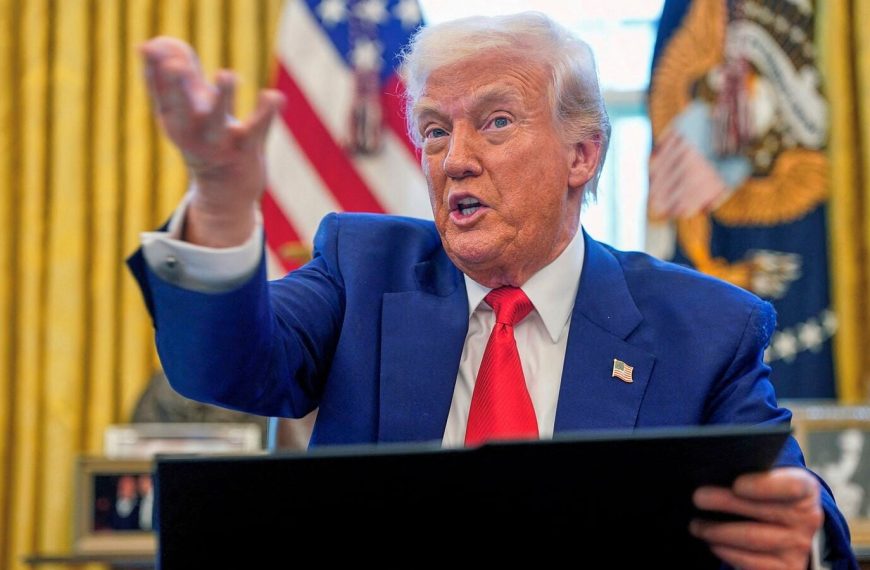Japan’s Finance Minister, Katsunobu Kato, addressed the complexities surrounding the nation’s rising bond yields during a press conference on Tuesday. His remarks aimed to alleviate growing market anxieties regarding escalating borrowing costs. This comes after the yield on 10-year government bonds dipped on Tuesday, following a peak of 1.575%, a level not seen in 17 years, recorded on Monday.
Impact of Rising Yields on Japan’s Economy
Kato highlighted that the increasing bond yields would have a dual impact on the economy.
- Higher Interest Payments: For issuers, the cost of borrowing will rise.
- Increased Returns: Conversely, investors will benefit from higher interest rates on their bonds.
Kato’s comments appear to be a strategic move to diminish concerns regarding the implications of rising yields, which could potentially escalate debt-servicing costs or dampen economic activity. His approach signals that the government is not solely fixated on the negative aspects of increasing yields.
Government’s Preparedness Against Rising Yields
The Minister’s statements followed Prime Minister Shigeru Ishiba’s assurance that the government is committed to “thorough preparations” to manage potential spikes in long-term yields. This indicates a proactive stance from the government amid rising concerns over the implications of increasing bond rates.
Japan’s Heavy Debt Burden
Japan’s situation is particularly precarious due to its high public debt, estimated by the International Monetary Fund to be around 233% of its Gross Domestic Product (GDP) for this year. Servicing this substantial debt is projected to consume nearly a quarter of the country’s annual budget starting in April.
Shifts in Monetary Policy
For years, the Bank of Japan (BOJ) maintained control over long-term bond yields, keeping them close to zero to encourage inflation and stimulate economic growth. However, last year marked a significant policy shift as the BOJ moved away from controlling yields, opting instead to reduce its bond purchases. This change has allowed the market to dictate bond pricing but has also introduced uncertainty among traders regarding potential government interventions in the bond market.
The Road Ahead for Japanese Bonds
Although the BOJ has stated it will intervene during significant yield fluctuations, the criteria for such actions remain ambiguous, creating hesitance among investors. Despite the BOJ’s legal independence, both the central bank and the government, through a 2013 joint agreement, remain focused on achieving sustained growth and stable inflation.
Currently, core inflation in Japan has consistently hovered around the BOJ’s target for nearly three years. In contrast to global trends, where central banks are contemplating rate cuts, Japan finds itself in a period of rising borrowing costs.
Kato underscored the necessity of maintaining stable demand for Japanese government debt to prevent drastic price fluctuations. He stated, “As a bond-issuing authority, it’s crucial to aim for consistent sales of government bonds.”
These developments signal a significant turning point in Japan’s economic landscape, with bond yields poised to play a critical role in shaping the future financial environment.











